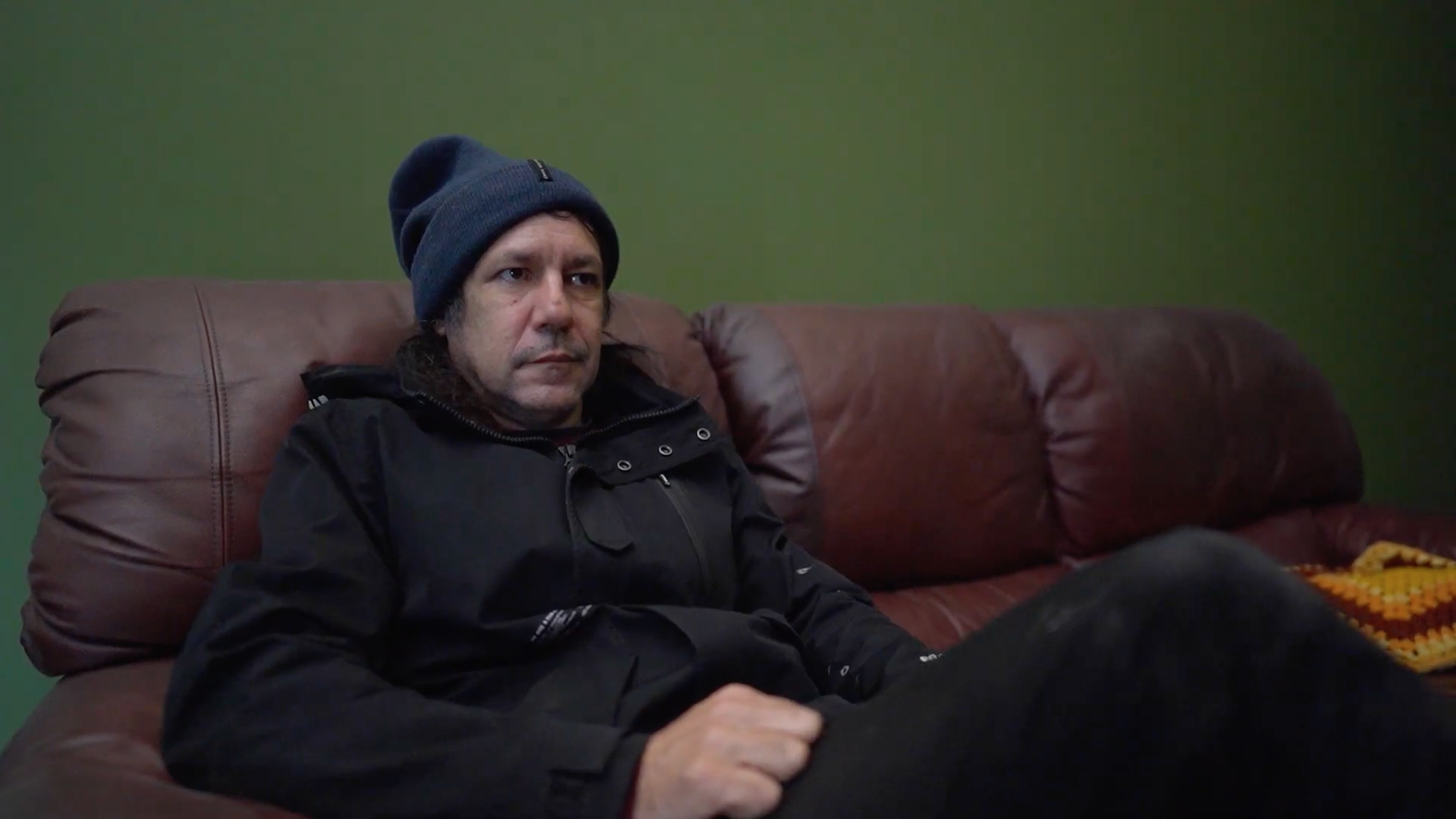
The Kamilaroi and Bigambul artist Archie Moore has been tapped to represent Australia at the 60th Venice Biennale, set to open in April 2024.
The news was announced this week by the Australia Council for the Arts, a state agency that oversees the country’s participation in the event. “To have an esteemed First Nations artist such as Archie Moore represent Australia on this global platform is something that all Australians can take pride in and celebrate,” the council’s executive director of First Nations arts and culture Franchesca Cubillo said in a statement.
With the commission, Moore becomes the second First Nations artist to singlehandedly take over the country’s pavilion, following Tracey Moffatt’s turn at the international event in 2017. The latter was not the first Aboriginal artist to represent Australia in Venice, though; that distinction belongs to Trevor Nickolls and Rover Thomas, who were jointly selected in 1990.
Contemporary Australian art curator Ellie Buttrose from the Queensland Art Gallery’s Gallery of Modern Art in Brisbane will organize Moore’s presentation.
In a statement of her own, Buttrose’s praised the artist’s ability to engage audiences on an emotional level through memories and familial stories in artworks that stimulate discussion about how we bear the responsibility for social change.
“Artistically adroit and politically incisive, Archie is uniquely placed to confront Australia’s past and assert Indigenous sovereignty on a worldwide scale within the Australia Pavilion,” she said.
Details of Moore’s plan for the pavilion have not yet been revealed, but the artist told the Guardian that it would be “about something I feel strongly about,” mentioning his own family history. In preparation for the project, Moore said that he has been “looking at the family tree, going back 60,000 years.”
For those familiar with Moore’s work, that should come as no surprise. Born in Redlands, Queensland, the now-52-year-old artist has made a habit of mining his own memories and histories for personal projects that speak to Australia’s colonial legacies and the broader First Nations experience.
Last year, for instance, the artist reconstructed his childhood home at Melbourne’s Gertrude Contemporary space, encouraging viewers to touch and unpack his personal belongings. In 2014, he worked with a perfumer to concoct a series of scents redolent of memories from his boyhood years.
Moore’s presentation next year will mark the 25th anniversary of Australia’s participation in the Venice Biennale.
Both he and Buttrose were chosen through an open call for proposals—a practice in place in 2017 to ensure transparency in the commission process. Before that, the Australia Council appointed a commissioner, who in turn selected the artistic team.
Other countries have begun sharing their own pavilion artists, too. Last month, John Akomfrah was announced as Britain’s representative, and Kapwani Kiwanga was chosen for Canada. Before that, Edith Karlson and Julien Creuzet were announced as the representatives for Estonia and France, respectively.
More Trending Stories:
See Inside Actor Jim Carrey’s Art-Filled Home, Now on the Market for $29 Million (Art Not Included)